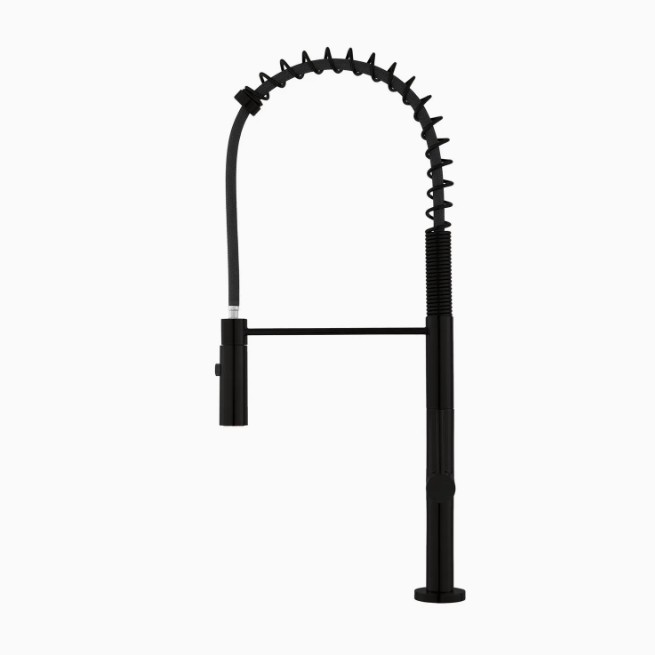Welcome!
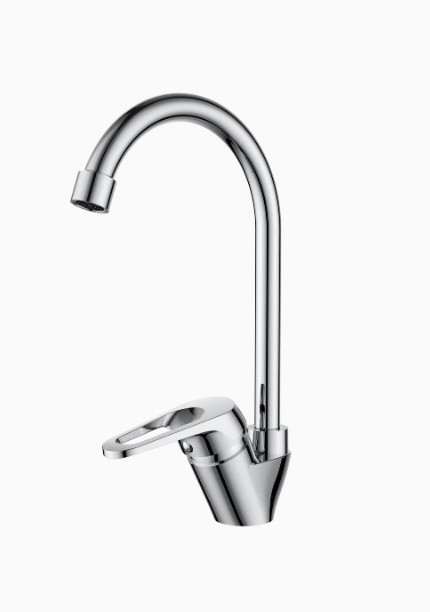

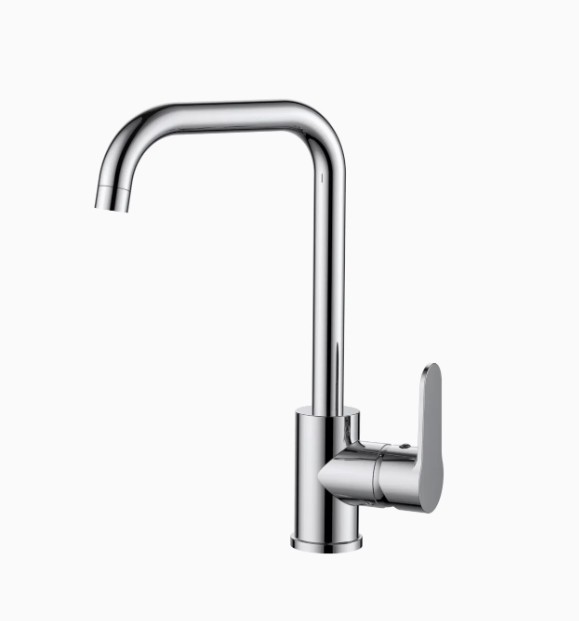
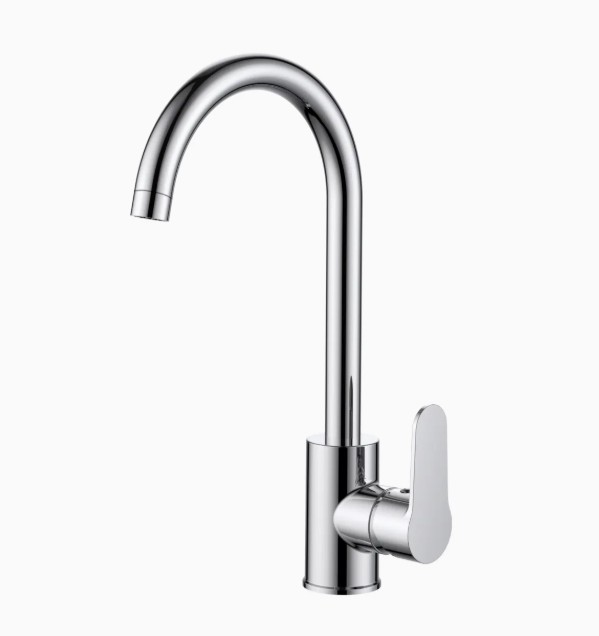
Unveiling the Durability and Beauty of Electroplated Faucets
Basic Info
| 360 Swivel | 360 Swivel | Number of Handles | Single Handle | Opening Way | Revolving Type |
|---|---|---|---|---|---|
| Origin | China | Purified Water Outlet | Without Purified Water Outlet | Size | 35mm |
| Specification | CE | Structure | Single Hole | Style | Modern |
Product Description
When selecting a faucet for your kitchen or bathroom, the finish is more than just a color or a style—it's the first line of defense against the daily wear and tear of a busy household. An electroplated faucet represents a pinnacle of surface engineering, where advanced manufacturing techniques create a shell of exceptional resilience and lasting beauty. This protective layer is not a simple coat of paint but a molecular-level bond that defines the faucet's character and longevity. Understanding this process and its benefits is key to choosing a fixture that will remain a gleaming centerpiece in your home for years to come.

The Science of the Shine: How Electroplating Creates a Superior Finish
Electroplating is an electrochemical process that deposits a thin, even layer of a specific metal onto the surface of the faucet's base material, which is typically brass or steel. The faucet undergoes meticulous cleaning and preparation to ensure a flawless surface. It is then submerged in a chemical solution containing ions of the desired finishing metal, such as chromium, nickel, or zinc. An electrical current is passed through the solution, causing these metal ions to bond uniformly to the faucet's surface.
This process results in a finish that is integral to the product itself, rather than merely sitting on top. The most common and renowned electroplated finish is chrome. Chrome plating involves first applying an undercoat of nickel, which provides a smooth, bright base and enhances corrosion resistance. The final layer of chromium is then applied, which is exceptionally hard, resistant to tarnishing, and provides the signature mirror-like reflectivity. Other finishes, like brushed nickel, are achieved through variations of this plating process, often followed by a mechanical brushing technique to create their distinctive satin appearance. The integrity of this bonded layer is what sets electroplated faucets apart, offering a combination of aesthetics and protection that surface coatings cannot match.

A Shield Against the Elements: Core Strengths of Electroplated Finishes
The primary advantage of an electroplated faucet lies in its formidable durability. The plated surface forms a hard, non-porous barrier that effectively shields the underlying metal from its two greatest enemies: moisture and corrosion. This makes it an ideal choice for the high-humidity environment of a bathroom and the constant splashing in a kitchen. You can be confident that the fixture will not rust, pit, or blister over time, even with daily use.
This robust nature translates directly into remarkably easy maintenance. The non-porous surface does not allow water minerals, soap scum, or dirt to penetrate it. A simple wipe with a soft, damp cloth is typically all that is needed to restore its original luster. For tougher water spots, a mild, non-abrasive cleaner can be used without fear of damaging the finish. Harsh chemicals and abrasive scrubbing pads should always be avoided, as they can microscopically scratch the surface and dull its shine over the long term. The ease of cleaning ensures that the faucet continues to look new with minimal effort.
Beyond pure practicality, electroplating offers a wide spectrum of aesthetic versatility. While classic chrome remains a perennial favorite for its bright, timeless look, the technology also produces sophisticated brushed nickel, elegant oil-rubbed bronze, and modern matte black finishes. This variety allows homeowners to select a faucet that perfectly complements their interior design, from traditional to contemporary. Furthermore, the depth and quality of a properly electroplated finish add a perceived value and luxury to the fixture, elevating the entire room's aesthetic.
Integrating Elegance into Daily Life: Ideal Applications
Electroplated faucets are the default standard for a reason: their balanced combination of cost, performance, and style makes them suitable for virtually any residential or commercial setting. In bathrooms, they are perfect for vanity sinks, bathtubs, and shower systems, where their resistance to steam and water splashes is essential. The easy-to-clean surface is also a hygienic advantage in this space.
In the kitchen, an electroplated faucet stands up to the rigors of food preparation, including exposure to acidic substances like lemon juice or vinegar. Its resilient surface can be quickly cleaned, maintaining a sanitary and spot-free cooking area. The availability of different finishes also means it can serve as a stunning focal point over a farmhouse sink or blend seamlessly into a minimalist kitchen design.
These faucets are also an excellent choice for guest bathrooms and powder rooms, where a lasting impression of cleanliness and style is important. Their durability ensures they will handle the use of guests without showing premature signs of wear. For rental properties or high-traffic commercial spaces like hotel bathrooms, the long service life and low maintenance requirements of a quality electroplated faucet make it a financially sound and reliable investment.
Frequently Asked Questions About Electroplated Faucets
1. Is a chrome-plated faucet the same as a "chrome" faucet?
Yes, when a faucet is described as having a chrome finish, it is almost always referring to a chrome-electroplated finish. This is the standard industry method for achieving that bright, silvery, and reflective surface. It is important to distinguish this from cheaper alternatives like "chrome-colored" or painted finishes, which do not offer the same durability or longevity.
2. How does electroplating make a faucet more durable than a painted one?
Electroplating creates a molecular bond between the finish and the base metal, forming a hard, metallic shell. A painted finish, on the other hand, is simply a layer of liquid coating that sits on the surface. This paint can be softer, more prone to chipping, scratching, and peeling over time, especially when exposed to heat, chemicals, and physical impact, whereas the electroplated layer is integral and far more resilient.
3. Can the electroplated finish wear off or change color?
A high-quality electroplated finish, when properly cared for, is designed to last for the lifetime of the faucet without wearing off or changing color. Lower-quality plating with insufficient layers, however, can eventually wear through, revealing the nickel or brass underneath. This is why it's crucial to choose products known for their quality plating processes. The finish itself is stable and will not tarnish or discolor.
4. What is PVD coating, and how is it different from standard electroplating?
PVD, or Physical Vapor Deposition, is an advanced, environmentally friendly plating process conducted in a vacuum chamber. It results in a finish that is even harder, more scratch-resistant, and more color-fast than traditional electroplating. PVD finishes, often seen in matte black, gold, or bronze tones, are considered a premium upgrade, offering superior durability and exceptional color consistency.
5. What is the best way to clean my electroplated faucet to preserve its finish?
The best practice is to use routine, gentle cleaning. Wipe the faucet down regularly with a soft, lint-free cloth and warm water. For water spots or soap buildup, use a mixture of mild dish soap and water. To disinfect or remove more stubborn deposits, use a 50/50 solution of white vinegar and water, but rinse thoroughly and dry immediately afterward. Never use abrasive cleaners, scouring pads, steel wool, or harsh chemicals like bleach or ammonia, as they will permanently damage the plated surface.
Recommended Products
Recently Viewed
 The Ultimate Guide to Faucets: Enhancing Functionality and Style in Every Home
The Ultimate Guide to Faucets: Enhancing Functionality and Style in Every Home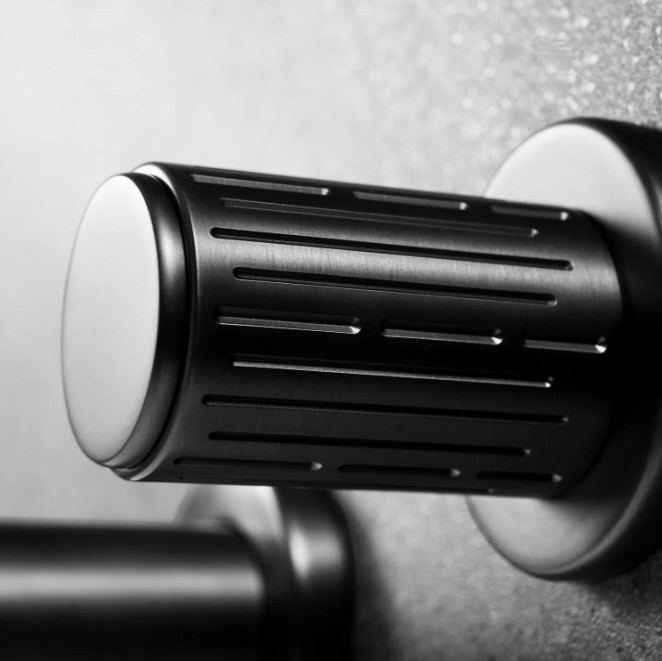 Understanding Faucets: The Essential Household Fixture for Every Home
Understanding Faucets: The Essential Household Fixture for Every Home The Ultimate Guide to Choosing Your Perfect Kitchen Faucet
The Ultimate Guide to Choosing Your Perfect Kitchen Faucet Unveiling the Durability and Beauty of Electroplated Faucets
Unveiling the Durability and Beauty of Electroplated Faucets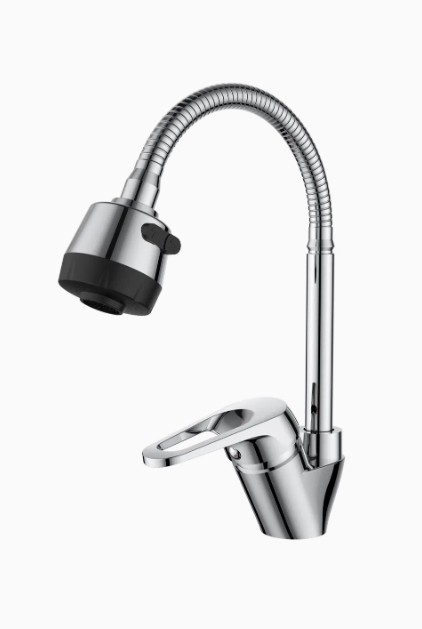 The Allure of Faucets: A Comprehensive Guide to Modern Water Fixtures
The Allure of Faucets: A Comprehensive Guide to Modern Water Fixtures
Contact Us
Jiangmen Anmei Industrial Company Limited





